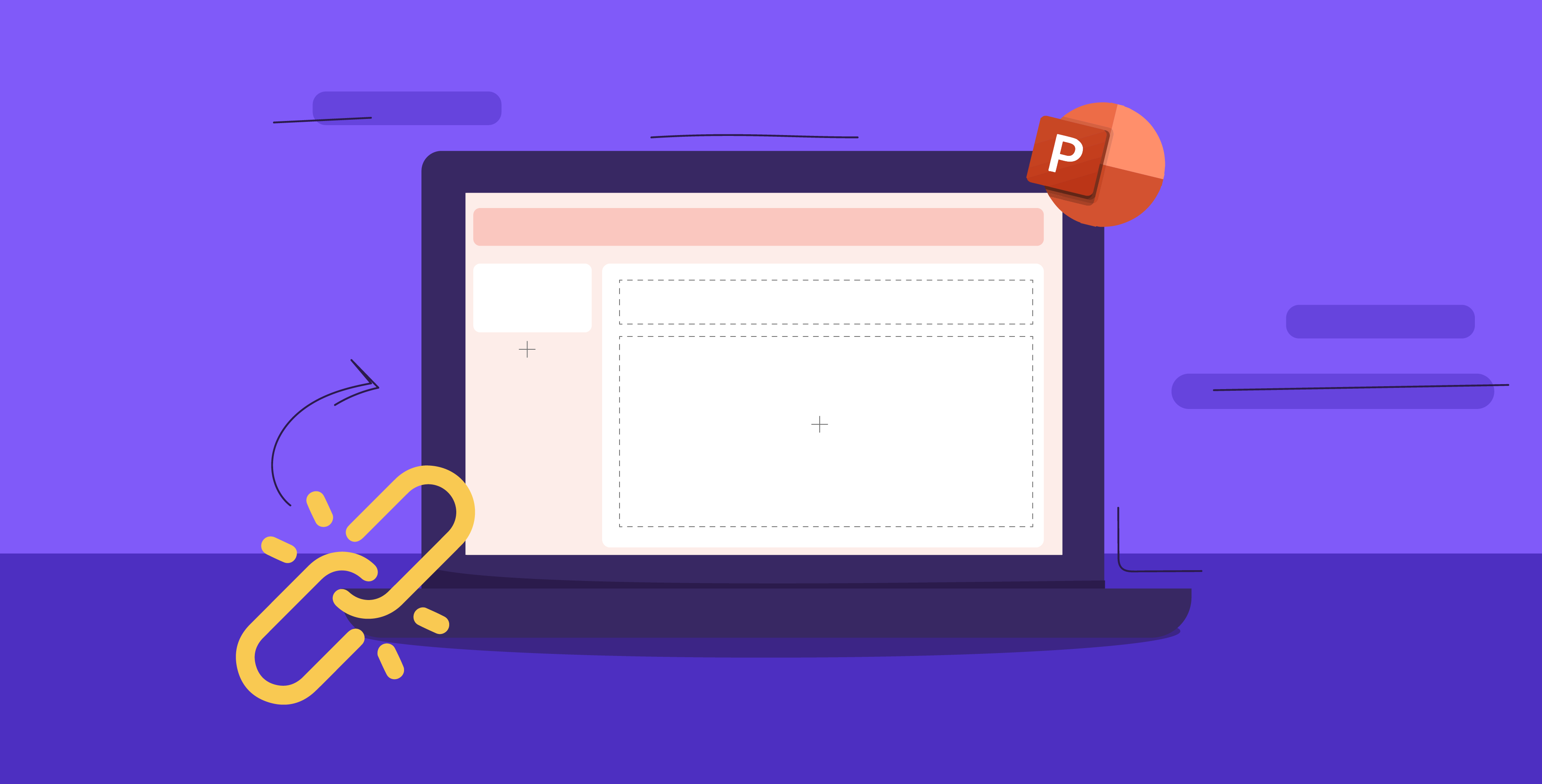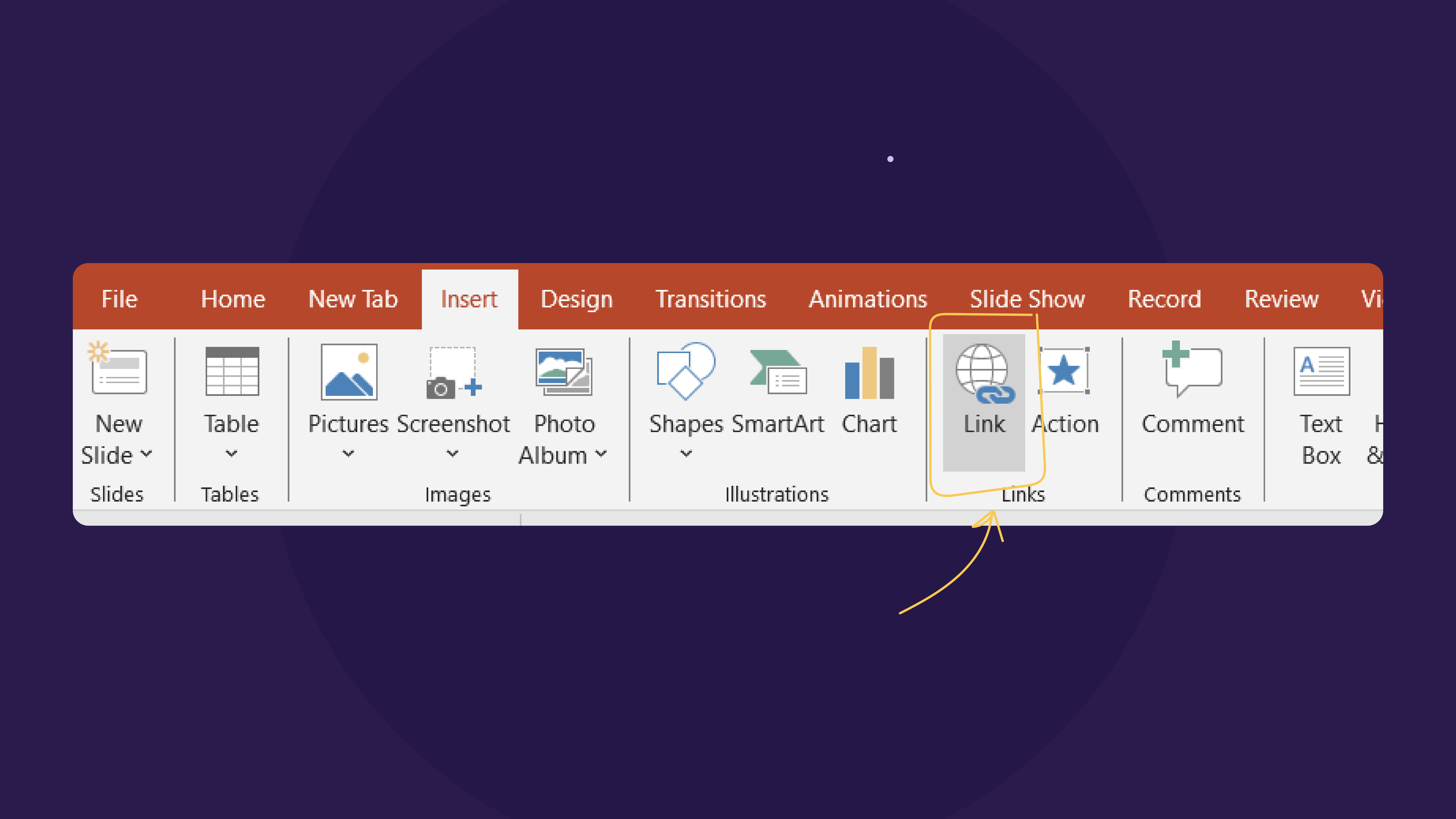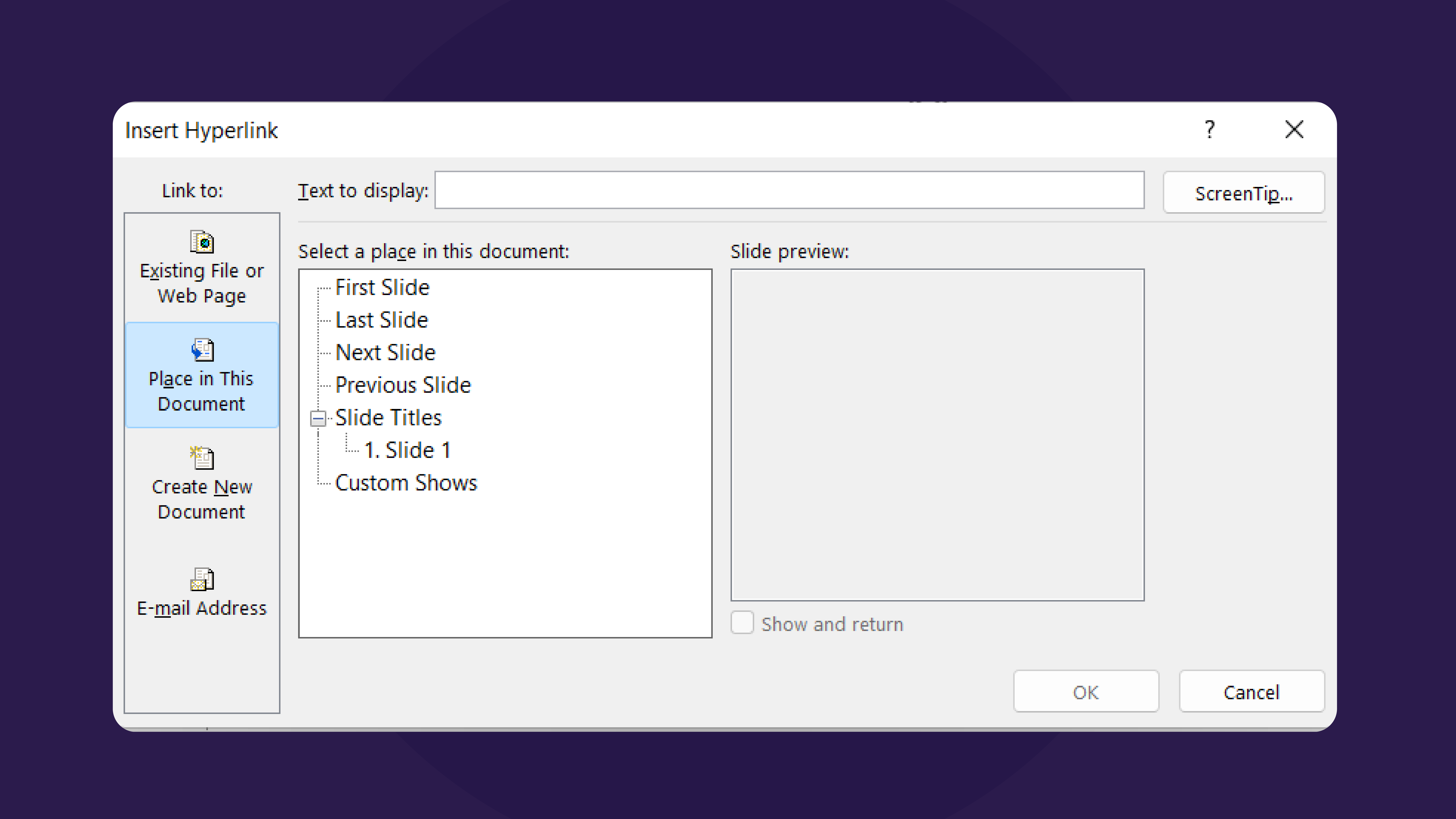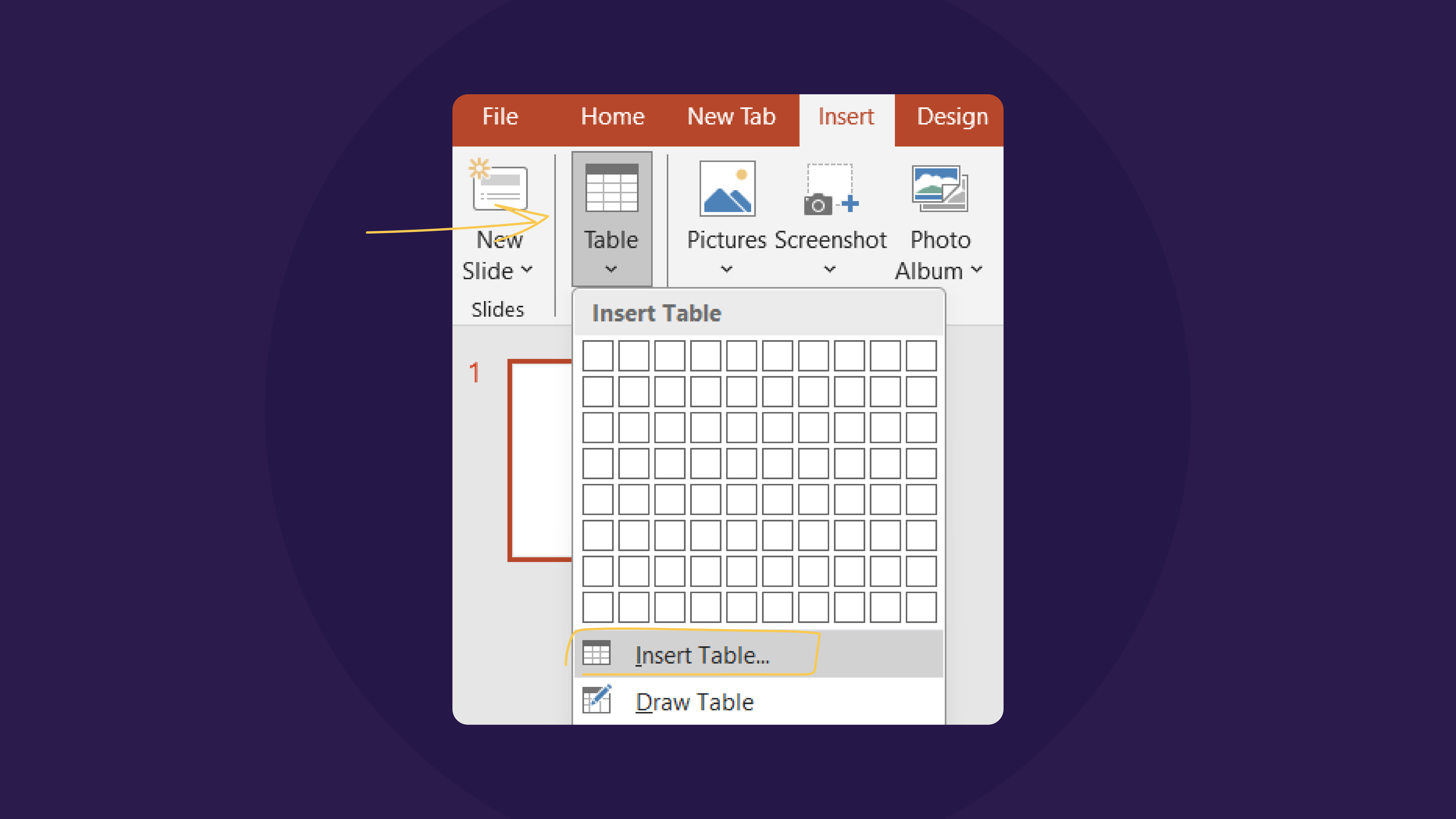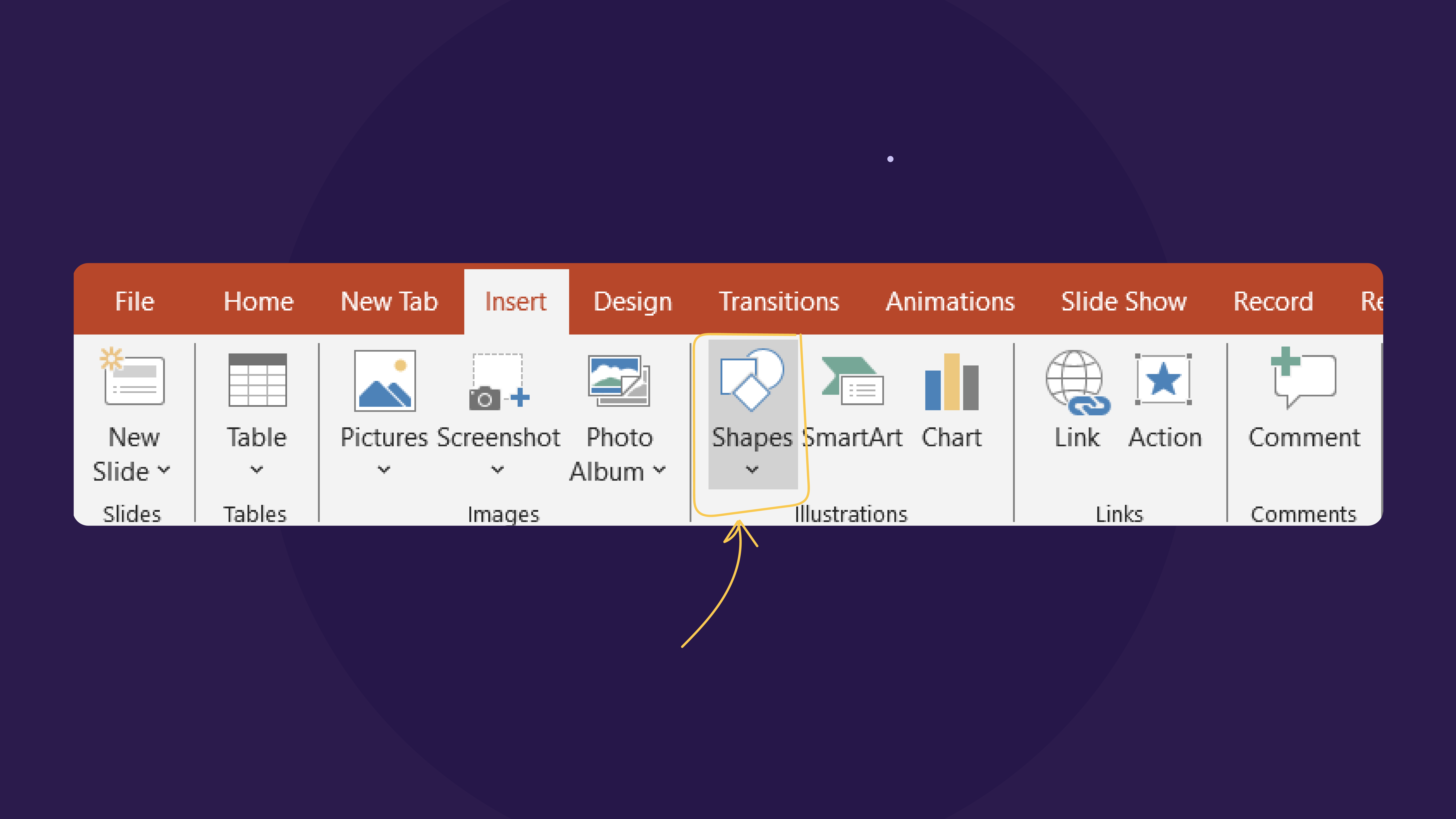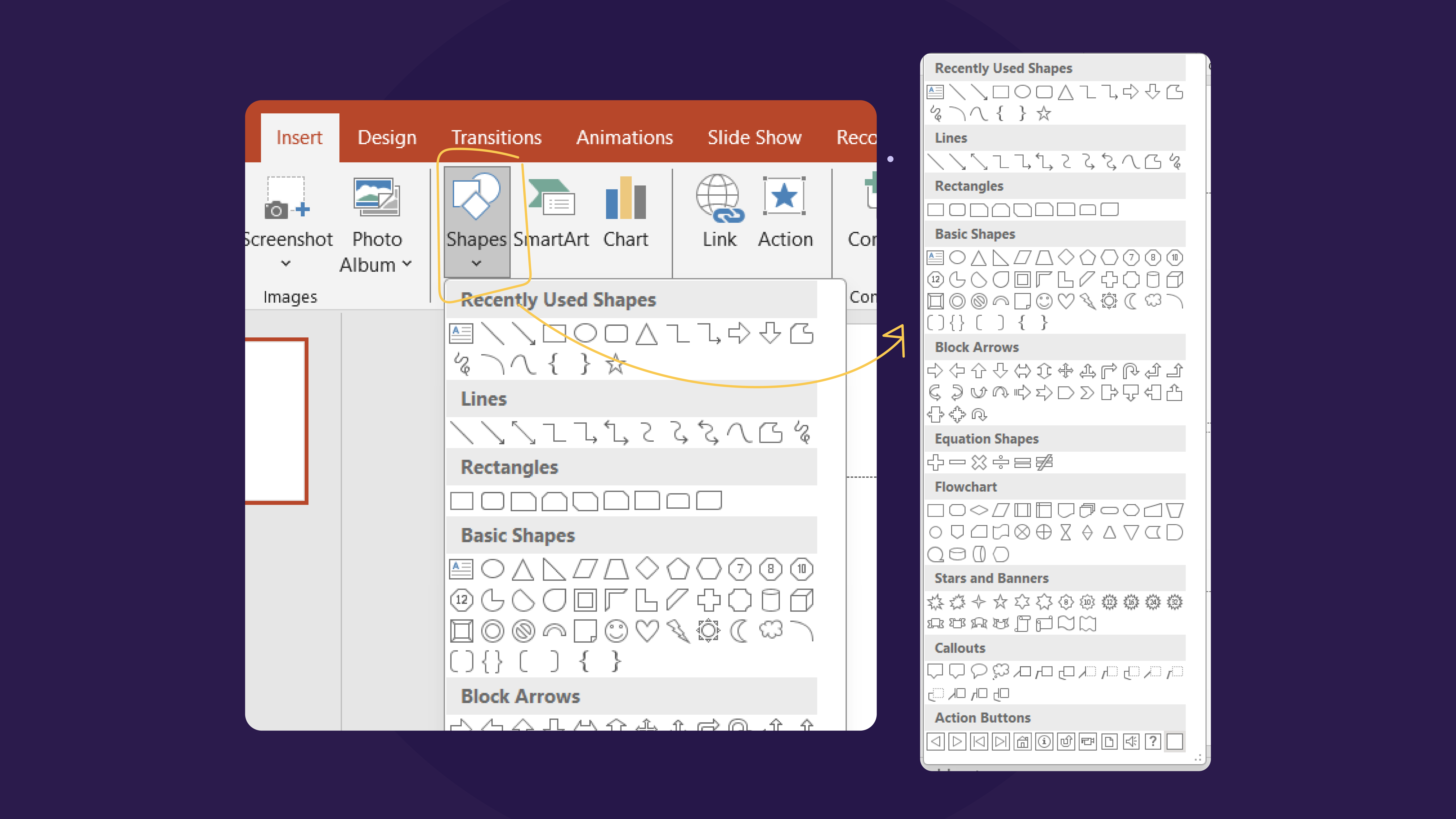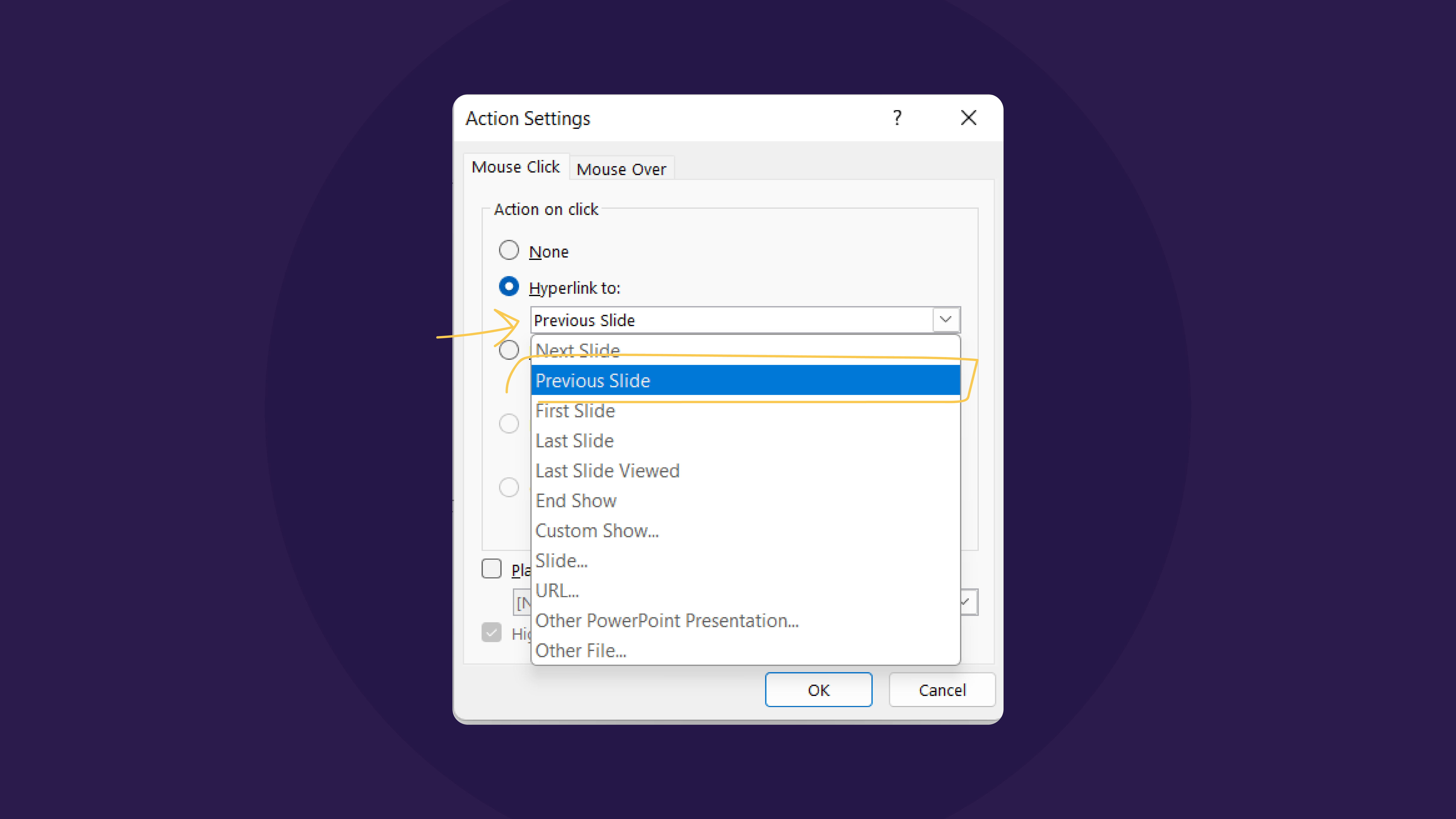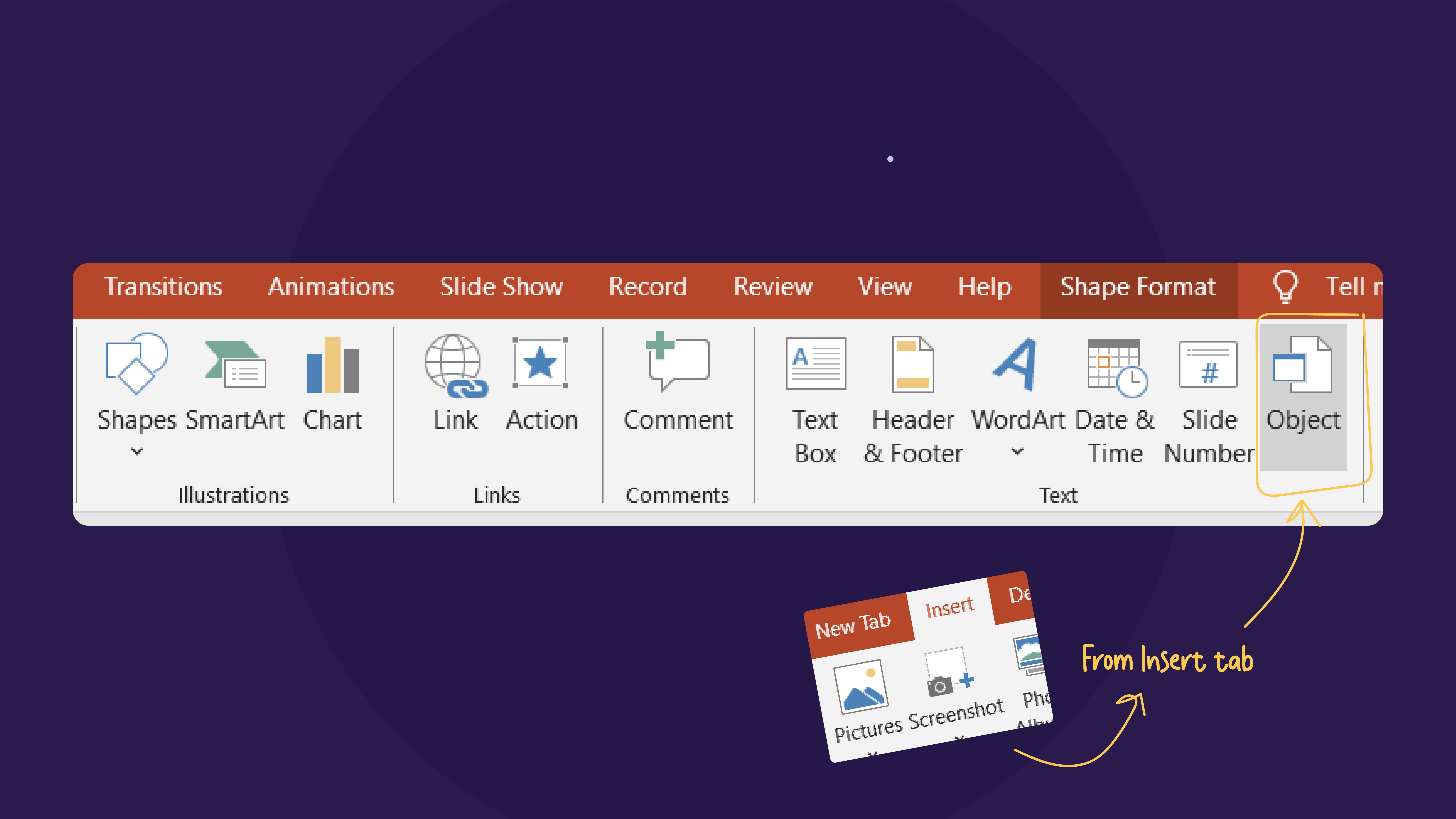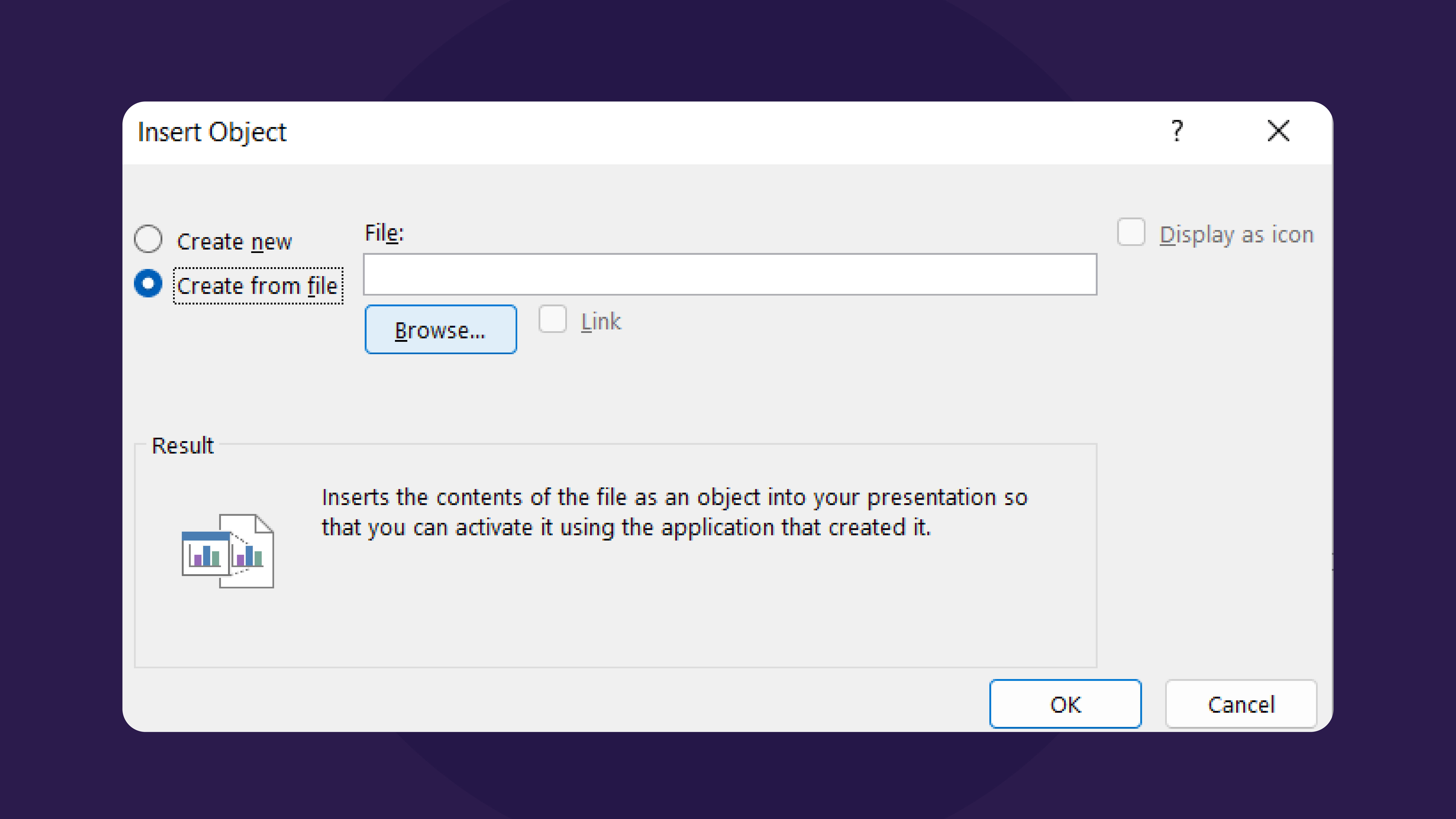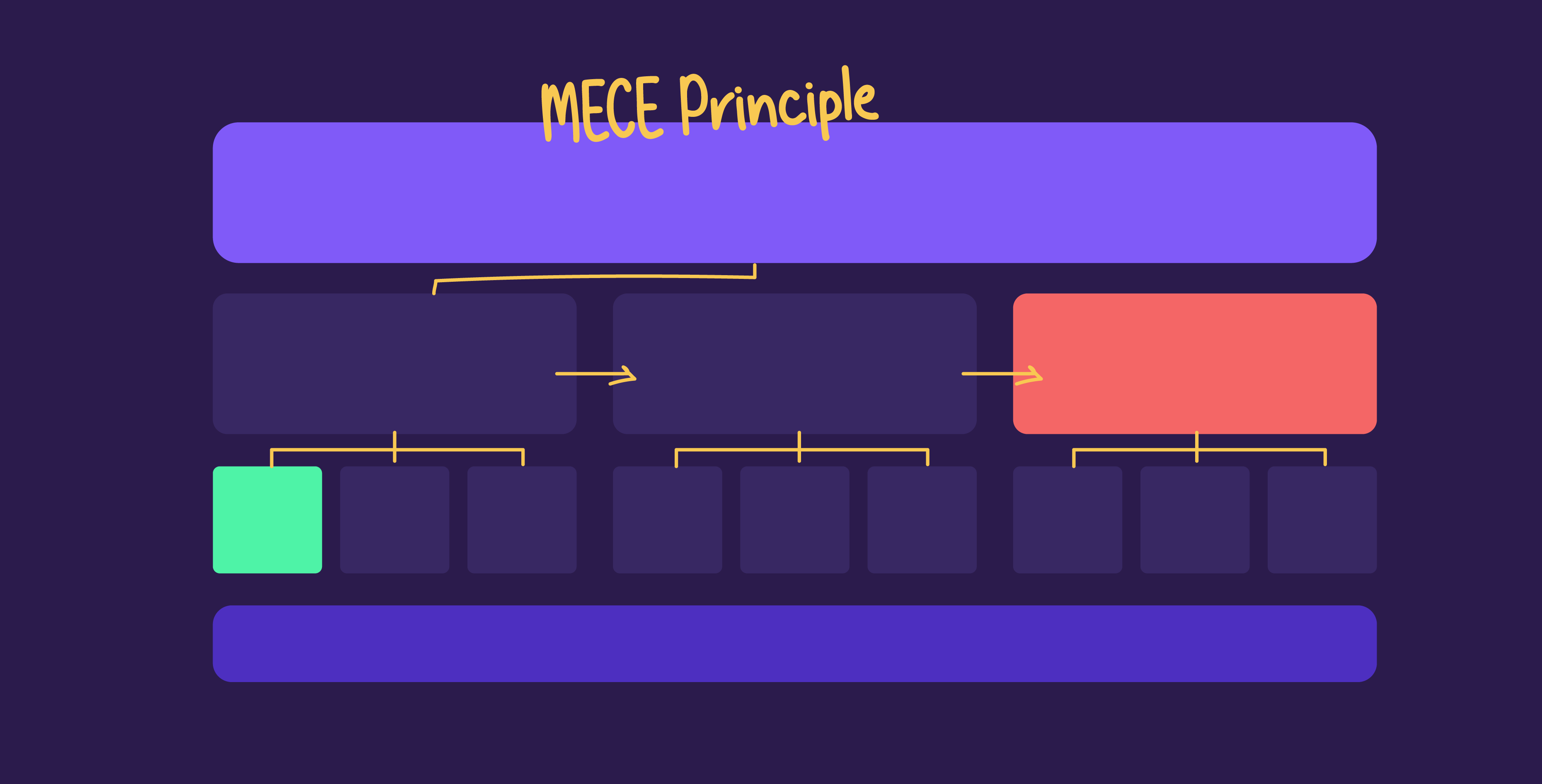11 July 2024
Tired of delivering the same old static PowerPoints? Then, interactive elements are here to help! An interactive PowerPoint presentation turns your audience’s experience around by allowing them to navigate through your content more fluidly, letting them explore different material and paths based on their interests. By strategically using hyperlinks, Action Buttons, and embedded content, you can guide your audience through a more customized and engaging journey. In this blog, we’ll show you how to incorporate these features in your slides to invite active participation in your next presentation!
What is an interactive PowerPoint presentation?
An interactive PowerPoint presentation is designed intentionally to engage the audience members and have them participate in the presentation. Interactive presentations will not necessarily follow a linear path; they allow the presenter or audience to navigate the content dynamically for a more personalized experience. This is achieved through elements like hyperlinks, action buttons, and triggers that enable quick navigation, reveal content, control media, and initiate actions. These features not only help make the presentation more engaging, but they also allow for more flexible storytelling, adapting to the audience’s interests in real time.
Why use hyperlinks and action buttons in your PowerPoint presentations?
Interactive features allow you to explore different parts of your presentation more fluidly and navigate across slides more seamlessly for increased engagement. Using hyperlinks allows your audience to explore additional information, jump between slides, or access other resources with a few clicks. Hyperlinks and action buttons become great tools for linking supplementary resources like reports, websites, or videos for a more comprehensive understanding of the topic, encouraging the audience to engage with the material more deeply.
Adding hyperlinks in PowerPoint
Incorporating hyperlinks in your slides can turn a static slide deck into a dynamic, interactive experience. Hyperlinks can be used in a variety of different ways, and the following examples explain how to integrate them into your slides:
Slide transition:
One way to make slides more lively is to use hyperlinks for slide transitions. Hyperlinks can help navigate to specific slides in a non-linear manner, making it easier to go through different sections based on the discussion’s flow.
To insert a hyperlink, go to the Insert tab and click on Link.
Then select This Document and choose the slide within the current presentation you want to link to. You can apply this to any text, shape, or picture in the slide, providing you with more flexibility in creating a customized journey.
Interactive navigation menu:
To make your presentation more user-friendly and simpler to navigate, you can add an interactive navigation menu using hyperlinks. This navigation menu helps you and your audience to navigate and find specific information much more easily across different sections and slides.
To create the menu, first go to Insert and go to Table and customize based on your content.
Once you have the table, select the page number or title, click on Link, and then This Document. And again, choose the specific slides you want to link.
Action Buttons:
Along with hyperlinks, you can insert Action Buttons to make calls to action in your slide stand out. These buttons make your slide act like an interactive web page, enabling you and users to navigate and explore external resources. By including Action Buttons, you can guide the audience on a customized journey that can include navigating to certain slides, opening external websites, or even opening files or programs directly from the presentation.
To add an Action Button, go to the Insert tab and go to Shapes.
From there, find the Action Buttons in the bottom row, or select a shape and customize it based on your needs.
Once you insert an Action Button, a small dialog box will immediately appear. Go to the Hyperlink option and add your link.
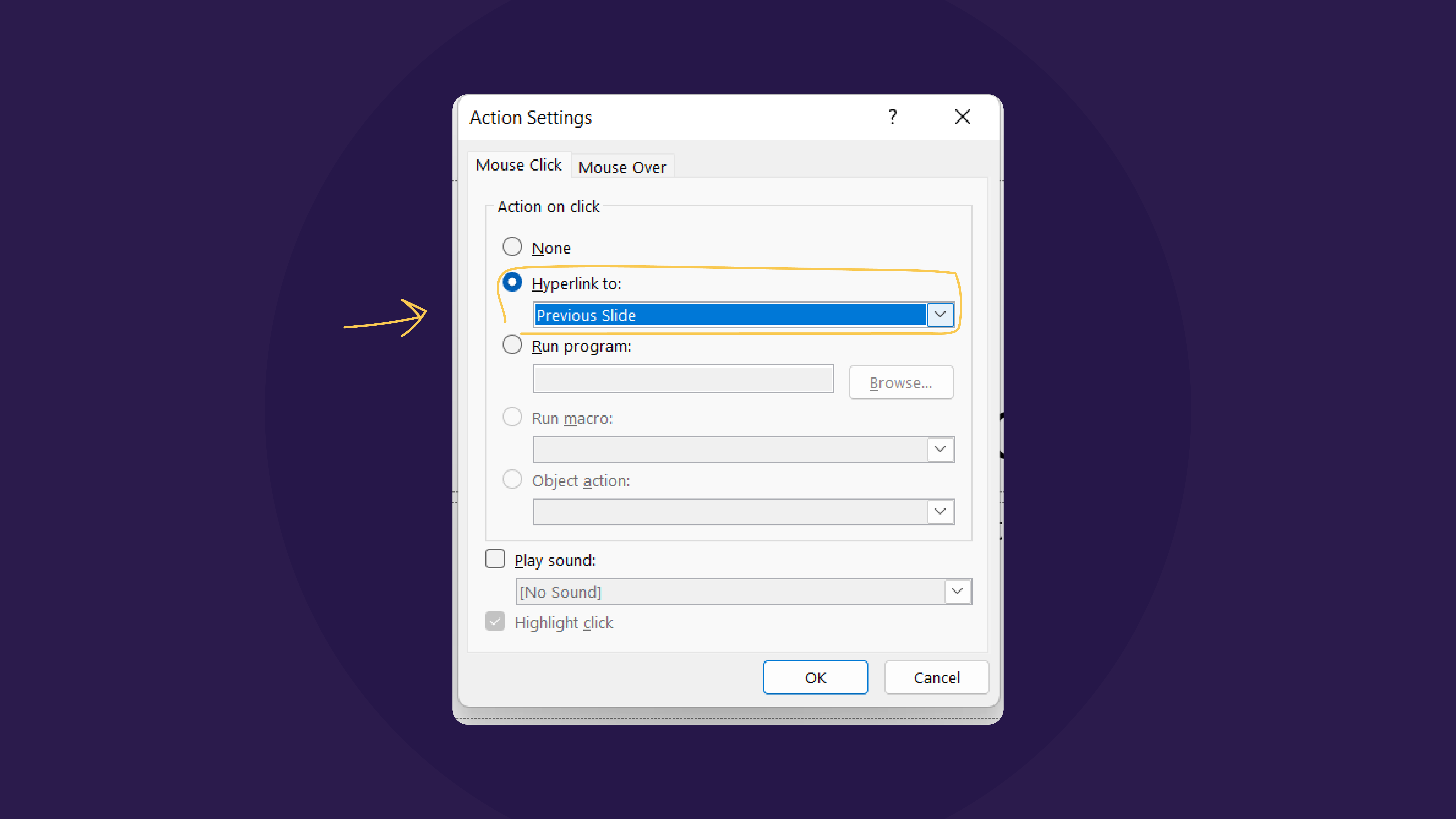
In case you choose a regular shape, you will need to manually insert a link by going to the Link button and adding your link.
Embedded content:
Links aren’t only for navigating slides; they can also link to embedded content such as PDFs, spreadsheets, and web pages. You can embed these types of files directly into your slides to create a more seamless experience and avoid the hassle of switching between files or windows. This helps keep your presentation focused while still being able to share supporting materials.
You can embed files by going to the Insert tab and clicking on the Object button.
Once the dialog box appears, go to Create from file and select the file you want to insert.
Making the most of hyperlinks and Action Buttons
To make the hyperlinks and Action Buttons useful in your slides, you can use the following techniques to make them stand out and memorable.
Incorporate bold colors for buttons to stand out
When using hyperlinks, using vivid or bold colors can make a significant impact on how they’re perceived. Similar to principles in web design, color helps key elements stand out in PowerPoint presentations. In our blog about color schemes, we shared that using contrasting colors in your color palette helps draw the eye to important sections, in this case, clickable elements. Not only does this approach enhance the visual appeal and organization of your presentation, but strategically using colors helps your buttons be more memorable.
Use action words to grab attention
With interactive hyperlinks, action words or calls to action like “Click here” and “Explore now” are incredibly effective in capturing the audience’s attention. This language stands out and encourages viewers to engage with the content, driving the viewers to explore more. Action words create a sense of urgency and anticipation, motivating the reader to take action as soon as possible. Using calls to action makes your Action Buttons more compelling and inviting.
Place the links and buttons strategically
To create a truly interactive presentation, the placement of your hyperlinks and Action Buttons is vital. Inserting them in strategic locations on a slide provides the presenter and audience with easy access to them. Navigation should remain straightforward, so use easily identifiable buttons, highlight text links, and place them consistently to guide the viewers through the content. Avoid overcrowding slides with too many buttons, links, or complex navigation paths. Instead, focus on clean, simple design and intuitive navigation to help the audience find what they need effortlessly.
Test all links and action buttons beforehand
One of the most important steps in creating an interactive PowerPoint is testing all your hyperlinks and buttons beforehand. Make sure that every link directs to the correct slide, webpage, or document and that every Action Button performs the intended function. The wrong links can disrupt the flow of your presentation and result in unpleasant awkward situations, lost audience engagement, and, at worst, a confusing presentation structure. Taking the time to check each link in advance helps you go into your presentation confidently and comfortably with your slides.
Interactive elements transform a standard presentation into a dynamic and memorable experience for all those involved. By deliberately planning the placement, colors, calls to action, and purpose of your links, you can create a seamless flow that enhances understanding and invites participation. For more advanced PowerPoint adjustments, you can always reach out to our team at Prezlab for an unforgettable slide deck that leaves an impact! No need to settle for a mediocre presentation.



